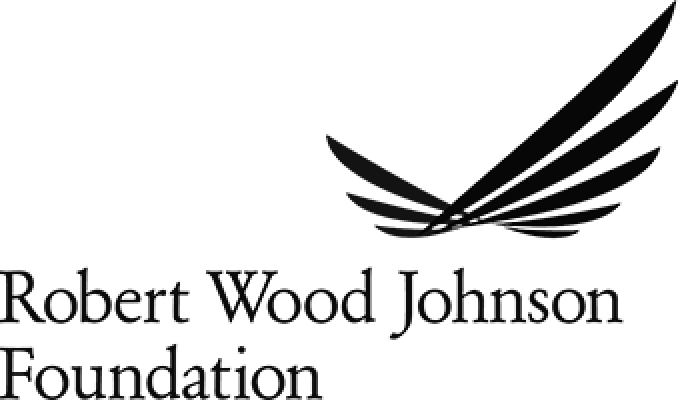None of the three leading vaccine manufacturers (Pfizer, Moderna, and AstraZeneca) have reported data about the COVID-19 vaccine on knowingly pregnant or breastfeeding individuals. As a result, we have a limited understanding of how effective the three leading vaccines are for pregnant and breastfeeding people, and if there are specific risks.
Given this lack of data, some regulators and public health entities have not included pregnant people in their vaccine recommendations to the public with some specifically warning pregnant individuals against taking the vaccine. The WHO was one of these entities until Friday, January 29. Previously their guidance said that the vaccine was "currently not recommended" for pregnant women unless they are at high risk of exposure.
While their guidance, in practice, is still similar, recommending pregnant people with comorbidities or at high risk of exposure may be vaccinated in consult with doctors, they’ve directly noted that we “don’t have any specific reason to believe there will be specific risks that would outweigh the benefits of vaccination for pregnant women.” Until there is more data on COVID-19 vaccines and pregnancy, this trend of mixed guidance across different regulatory bodies and countries is likely to if and as vaccines continue to get approved.
Pregnant people who do receive a vaccine may be able to produce an immunity to the virus from the vaccine that can cross the placenta which would help keep the baby protected after birth. Regarding safety, however, when you receive an mRNA vaccine for COVID-19 you expel the mRNA particles from your body within days, so if pregnant it’s unlikely to cross the placenta and impact the baby.
The process for collecting this data will involve analyzing the impacts of the vaccines on individuals who receive a vaccination and later discover that they’re pregnant. Countries are coordinating internal reporting and monitoring systems to record and track this information.
The clinical trials had some participants enrolled who didn’t know they were pregnant at the time of vaccination, but there were not enough of those cases to have enough data for definitive conclusions. For example, in Phase 2/3 of the Pfizer and BioNTech vaccine study, 23 pregnancies were reported through November 14, 2020. Twelve were in the vaccine group and 11 in the placebo group. Two adverse events occurred in pregnancies in the placebo group, including miscarriage. These initial data do not raise concern for lack of vaccine safety in pregnancy and breastfeeding, but more data is needed to safely recommend the use of this vaccine by pregnant and breastfeeding individuals.
The U.S. FDA also recommended in June 2020 that the pharmaceutical companies developing COVID-19 vaccines first conduct developmental and reproductive toxicity (DART) studies of their vaccine before enrolling pregnant or breastfeeding people, or women not actively avoiding pregnancy, in their trials.
Pfizer and BioNTech have directly stated that they are conducting DART studies, which will provide us with more information on the safety and efficacy of their vaccine for pregnant and breastfeeding individuals.
On December 13, the American College of Obstetricians and Gynecologists released a position paper advocating for the inclusion of pregnant women in vaccine rollouts and not waiting for further data collection. While the group advocates for obtaining informed consent from pregnant and lactating women receiving the vaccine, they feel the benefits of protection outweigh the risks. The U.S. Centers for Disease Control and Prevention (CDC), the American College of Obstetricians and Gynecologists (ACOG), and the Society for Maternal-Fetal Medicine support the use of new mRNA COVID-19 vaccines in pregnant and breastfeeding individuals when they become eligible for receiving the vaccine. As of January 26, 2021, the World Health Organization also supports pregnant and breastfeeding women receiving the Moderna mRNA vaccine if they choose.
Before more data is available, it is best for pregnant and breastfeeding individuals to speak with their doctors about the best way to proceed. While it is unlikely that a doctor would recommend a pregnant or breastfeeding person get vaccinated before more data is available unless they were high risk, every risk profile is different and is worth discussing with a care provider.


